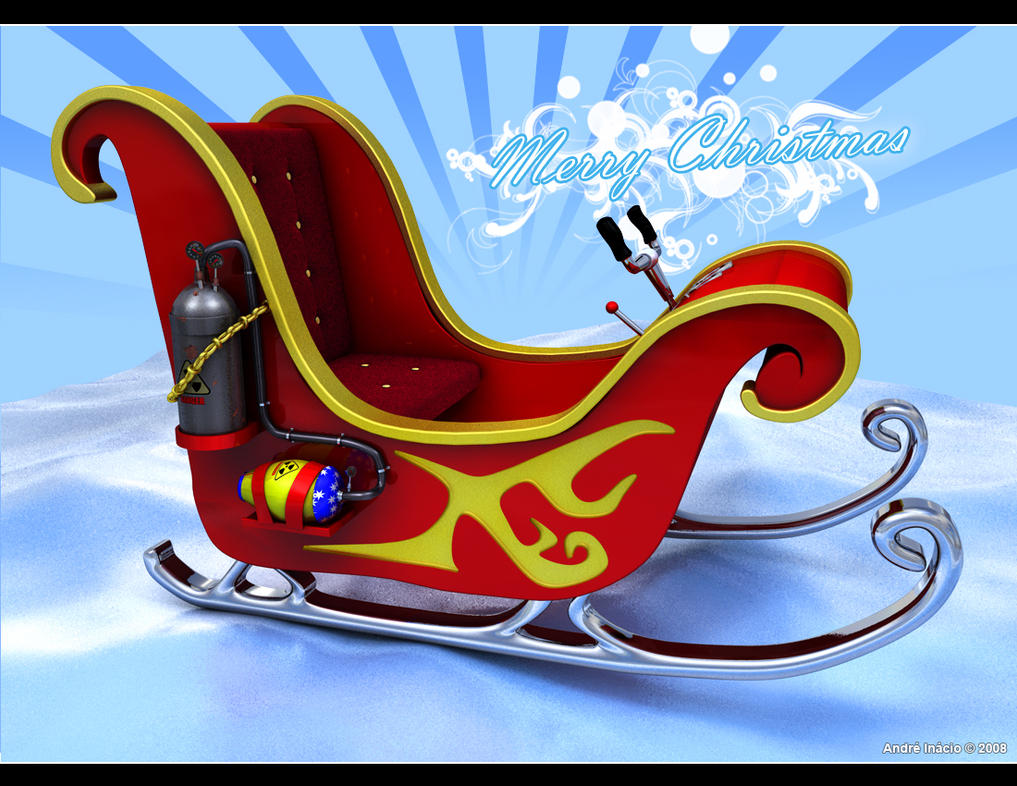In the movie Driving Miss Daisy, the lead character refuses to accept a driver despite her son's insistance and her inability to purchase car insurance. She eventually relents, agreeing to have Hoke drive her everywhere. The rest is Oscar history.
Physician groups and hospitals are hiring "drivers" to deal with the impact of EMRs on their practice of medicine. Unlike Daisy, who resisted a driver, physicians are willingly hiring scribes to input data into EMR systems. Some blame the perceived disconnect between provider and patient when an electronic system is introduced - the hypothesis is that patients feel the physician is paying attention to the computer rather than their needs. Turns out patients actually have greater confidence when their information is entered directly into a system. Similar studies and surveys have linked patient confidence to providers' use of technology. The larger reason for the growth in scribe use is because "new record-keeping systems, which are touted as a way to improve efficiency and quality, slow down" physicians so much that they hire others to input the data for them.
The largest scribe companies have doubled their employee base and provided greater than 6x the number of hours of coverage over the last few years. Some are even turing down more projects than they take. Is this a good thing? Other than providing gainful employment and invaluable exposure to pre-med students, I'm inclined to think this is a net negative development. EMR systems must better support physician workflow and minimize data entry burden.
Many systems expose physicians to additional fields and alerts that don't exist in their current clinical workflow - does the patient require a translator and does he/she need transportation are two relatively simple examples. Other examples include questions typically answered by a clinical pharmacologist rather than a general practitioner - transferring this from a pharmacist to a physician introduces new workflow. Unless these additional fields have clinical value that physicians should be expected to answer and/or would impact medical decision making, they only serve to decrease productivity thereby negatively impacting technology adoption.
EMRs also introduce new data entry requirements with the keyboard as the only option. Voice recognition, tablet and digital pen technology have all advanced to the point where data entry shouldn't disrupt the traditional physician-patient interaction.
Technology has slowly but steadily removed the need for transcriptionists - let's not introduce scribes as the transcriptionists of the HITECH era.
















